Something exciting is happening: Landscape restoration at Belhus Woods Country Park
Restoring landscapes and habitats for the future.
Belhus Woods Country Park
Belhus Woods Country Park in south west Essex, has over 300 acres of meadows, lakes and ancient woodland.
The park is a rich blend of landscapes that have evolved over time from prehistoric settlements to the Normans – when it was retained as a working woodland and used for grazing and hunting.
During the 15th to 20th centuries the Belhus estate stood on the site (and the land that is now the golf course) where some remains of the foundation of the mansion can still be seen.
In the 1750's, the renowned landscaper Capability Brown planned the conversion of the meadows into a beautiful focal point referred to as the Long Pond.
Wood pasture and grassland restoration work is taking place during Autumn and Winter 2025.
Livestock fencing is being installed in the new wood pasture area at Bumstead Scrub, then moving to Hunts Hill lake in the new year 2026.
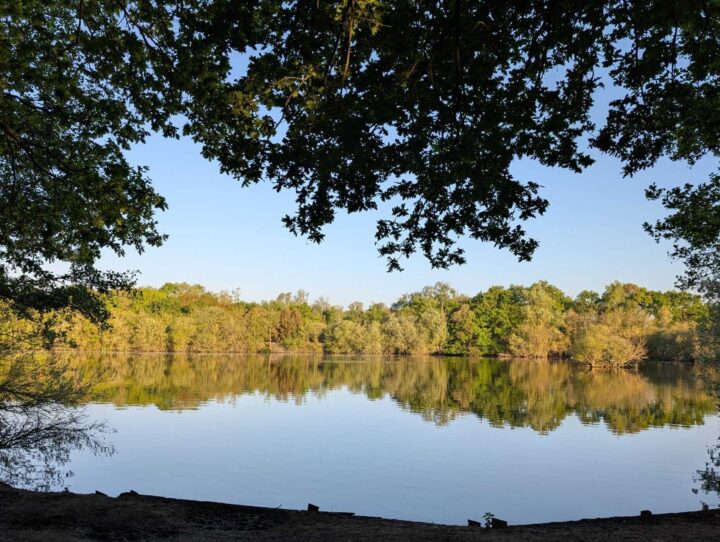
What we are doing and why
Wood pasture, rich grassland, wetlands and well managed woodlands are becoming increasingly rare in Great Britain and Europe. This valuable mix of habitat is hugely important for a variety of common, rare and declining wildlife.
At Belhus Woods that flora and fauna includes:
- Insects and invertebrates: including dragonflies and damselflies
- Butterflies: such as purple emperors, silver wash fritillaries and white admirals
- Wildflowers: including green winged and bee orchids
- Birds: terns, sand martins, swallows, nightingales, turtle doves, lesser spotted woodpeckers and raptors
- Reptiles: four out of the six native reptile species
- Amphibians: including the great crested newt
We're therefore excited to be undertaking an ambitious landscape restoration and habitat management programme of our woodlands, wood pasture and grasslands, as well as some wetland works, to support a nationwide effort to protect and enhance the environment for the future.
New programmes will complement the work our team are already undertaking to support biodiversity in the park.
This work is overseen by leading ecologists from Essex County Council's Place Services and agreed by Natural England (the government’s statutory body responsible for natural green infrastructure). It is supported by a government funded scheme known as Countryside Stewardship.
A series of habitat audits and focussed surveys, including working with local animal monitoring groups, such as the Essex Field Club, will be ongoing to check the impact and ensure that the restoration and management is successful.
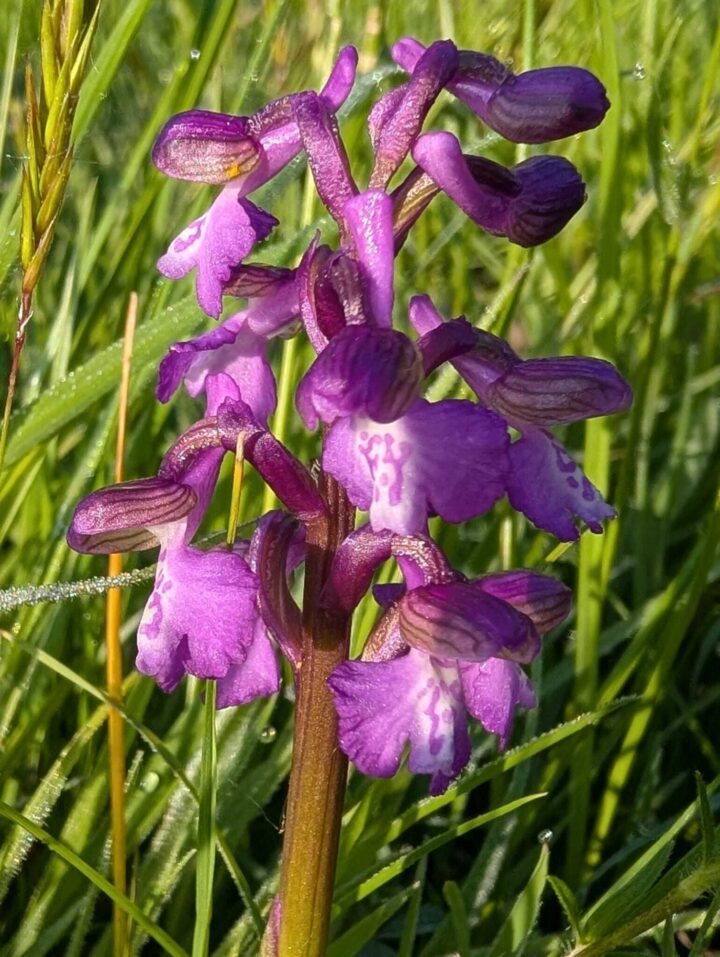
Glorious grassland gains
At Belhus Woods we are planning to improve our areas of valuable grassland to benefit plants, insects and birds.
New livestock fencing will be installed around the area at Hunts Hill Lakes to allow the grassland to be grazed by a small number of native red poll cattle.
The aim is to create a rich mix of grassland to benefit a wide range of flora. The cows, known for their gentle nature, eat just enough grass for wildflowers to flourish which, along with their waste, helps to increase the variety of insects and pollinators. This also benefits those higher up the food chain.
In particular, the team are hoping to attract rare shrill carder bees to the site, which are currently now only found in a handful of locations in the UK (including our very own Hadleigh Country Park) along with lots of beetles.
The Hunts Hill lakes area is already designated as a Site of Importance for Nature conservation (SINC) of metropolitan grade. The area is also a ‘low disturbance area’ with less visitors frequenting it and has been established as a dogs on leads only zone for many years, which allows wildlife to flourish.
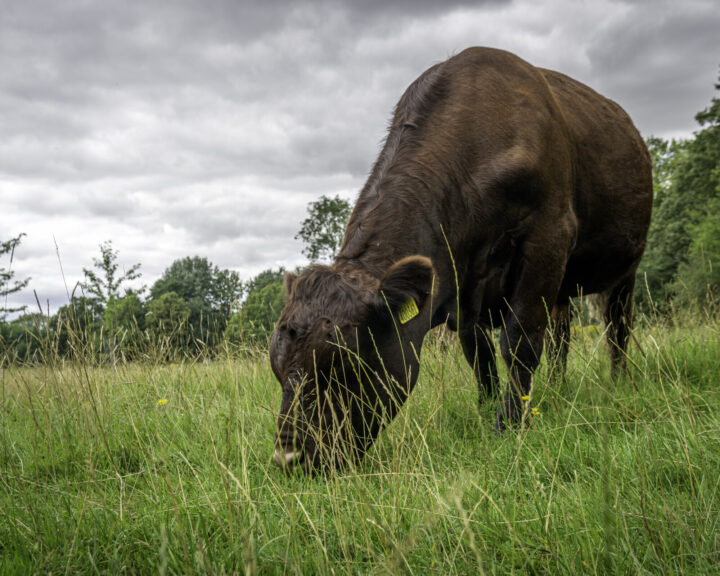
Managing and monitoring our grasslands
Some of the existing meadows in the park are over 400-years-old. These are managed naturally by hay cutting and green hay spreading. This means that wildflowers that exist in seed have a greater chance of establishing, with less competition from the grasses. It also means that insects and birds can feed on the flowers and help to pollinate them for future years.
At Belhus we monitor the flora in these fields on an annual basis and are seeing huge improvements in the diversity as our work continues.
We are seeing increases in the balance of wildflower to grass species, with flower species such as vetches and tares, cranesbill, bird's foot trefoil, knapweed, buttercups and daisies, taking over from the more competitive grasses. And the grasses themselves are changing to support a wider range of invertebrate species.
These areas of grassland at the park are managed by hay cut, including some of the edges of the fields. These are left long to act as a haven for insects, small mammals and rodents, which are the food source for raptors. We are looking to increase the number and diversity of birds of prey in the park.
The presence of apex predators in an area is an indicator of a healthy ecosystem. At Belhus five species of owl have been recorded, regular raptors include kestrel, buzzard, red kite, peregrine falcon, hobbies and sparrowhawks. We have also had rare visitors such as ospreys, stopping off on their migration routes.
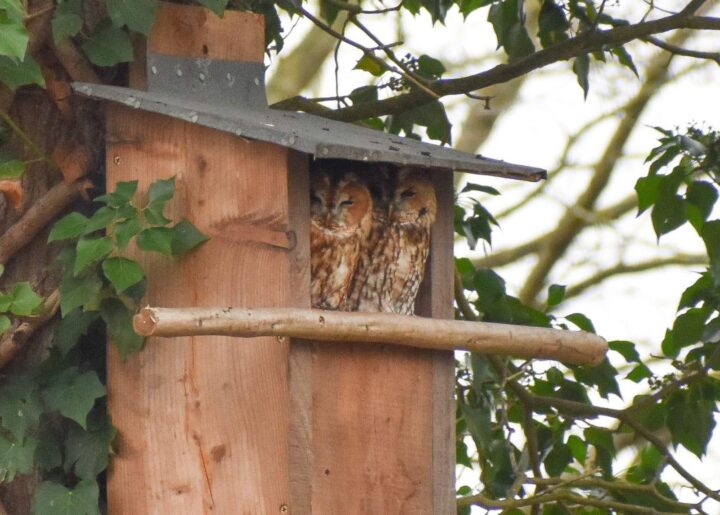
Grassland for carbon capture
"UK grasslands store two billion tonnes of carbon in their soils, but this is vulnerable to disturbance. Between 1990-2006, conversion from grassland to arable production (such as ploughing to grow crops) released 14 million tonnes of CO2. Species-rich grasslands are huge carbon stores and when managed carefully they lock in carbon and boost biodiversity.
Grasslands have a huge potential for locking up carbon, not only due to the plants we can see on the surface, but also due to the relationships between the plants, fungi, bacteria and many other species which help enrich the soil with carbon."
Read more on The Wildlife Trusts about the importance of good grassland in the UK and their importance for Carbon Capture.
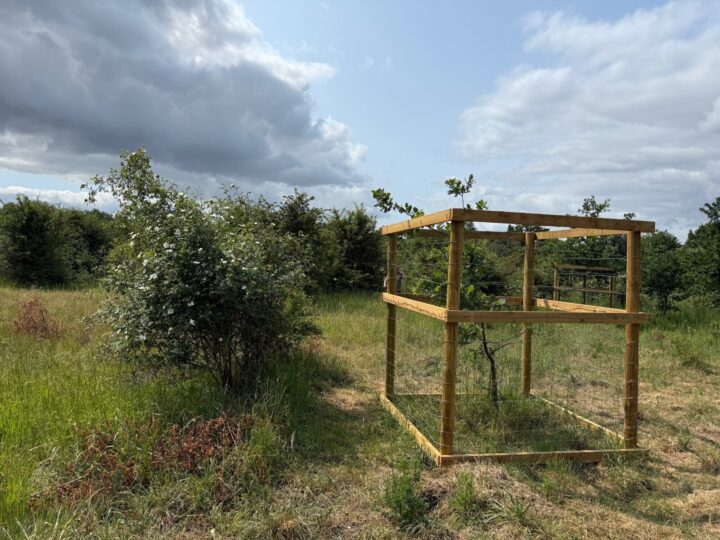
Wonderful wood pasture
Wood pasture, such as heath, common and deer park, was once widespread in the country but much of this important habitat has been lost as scrub and trees have grown up and changed the landscape.
Wood pasture provides a valuable environment for wildlife as it combines a rich mix of trees (often old and veteran) and open grassland, heather and plants. Together these habitats support many rare and threatened species, as well as more common flora and fauna.
Wood pasture attracts both woodland and grassland species as well as its own specialists.
In particular wood pasture and the opening out of woodland is important for wildlife such as bats and birds, voles, weasels, insects and butterflies including the silver washed fritillary.
Perhaps the most biggest potential for change in this area will be the increased diversity and populations of beetles.
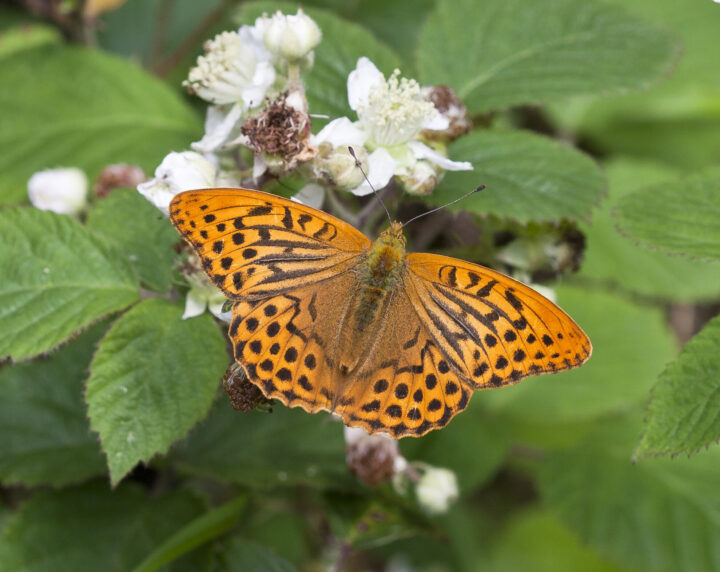
How are we restoring and managing wood pasture at Belhus Woods?
Hundreds of years ago, when the manor house at Belhus dominated the parkland, much of the land would have been wood pasture. Over time this has been lost as fast-growing trees and scrub grow up.
Fencing will be installed near the Long Pond as the red poll cattle will graze the scrub to help control it. The aim is to reduce the scrub to 20% (currently the area is 25% scrub) and protect the naturally regenerated trees with wooden shelters to create future veterans.
At Belhus we are hoping to encourage specific flora associated with wood pasture such as yellow vetchling, and ultimately as the oaks become veterans, a wide collection of beetles.
Managing our ancient woodlands for the future
There are several ancient woodlands throughout the park. These woodlands are managed by a coppice rotation, whereby we coppice one to two acres per year on a 27-year rotation.
The team underplant in the coppiced plots with mainly hazel trees, and leave standing dead wood. The aim is to increase woodland flora, create a structural diversity, throughout the woodlands, and also create habitat for the re-introduction of the endangered dormouse.
Which other species are benefiting?
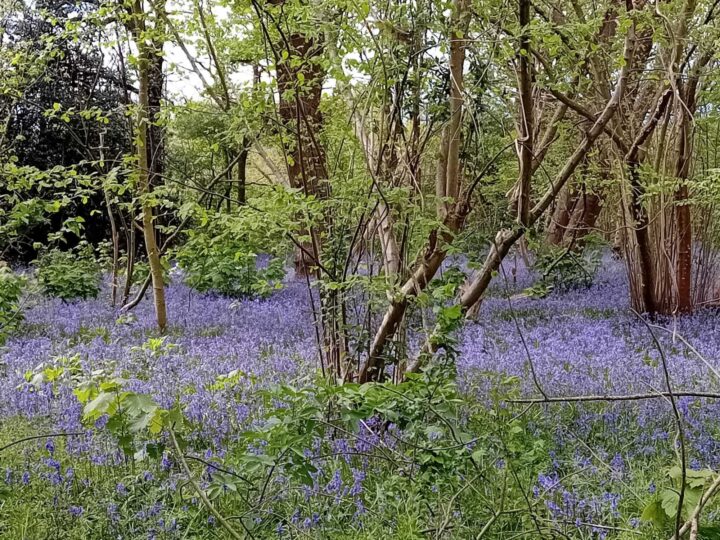
Other species that flourish in these places are plants such as native English bluebells and invertebrates.
We have seen increases in some rare woodland butterfly species since beginning this work, such as purple emperors, silver wash fritillaries and white admirals.
Bird numbers appears to be increasing too with important species such as lesser spotted woodpeckers doing well.
The team are also actively promoting good areas of scrub on the edges of the woodland and meadow. This particularly benefits species such as nightingale and turtle dove.
The hedgerows are being managed via rotational cutting to promote thickening of the vegetation. Thick hedges act as wildlife corridors for rodents and mammals, are a food source for birdlife, and a haven for invertebrates. We manage several kilometres of hedgerow each year.
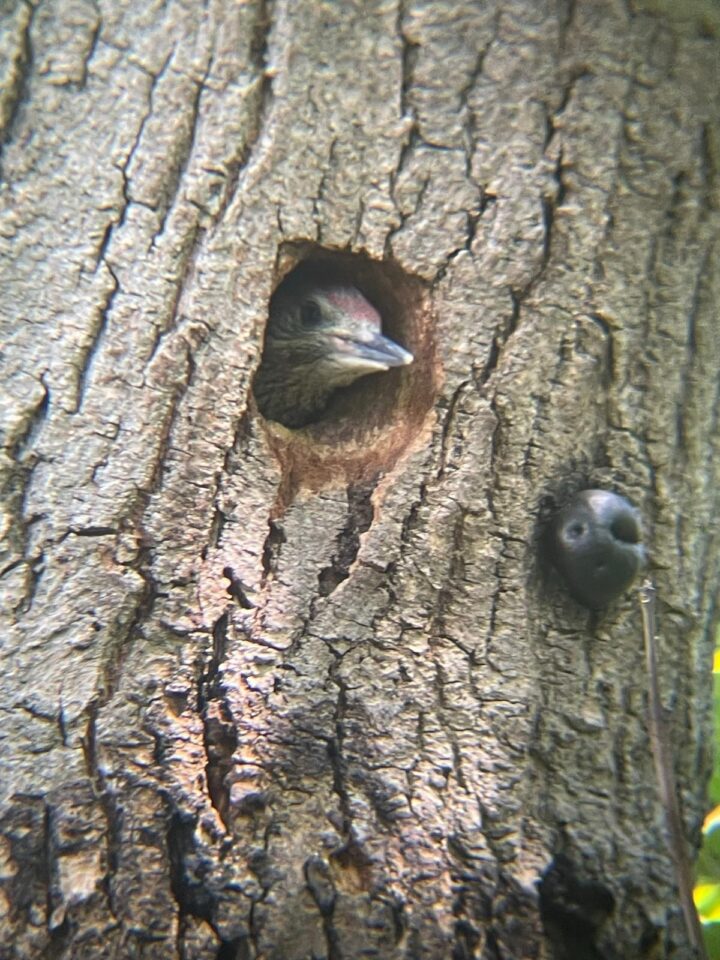
Other wildlife projects at Belhus Woods
On top of the Countryside Stewardship funded works at Belhus we continue other alternatively funded wildlife/habitat works.
These include:
- turtle dove plots,
- water management projects to overcome drought/flood conditions,
- ride management through woodland areas,
- a thorough programme of species surveying,
- water vole improvement works,
- reptile improvement works,
- nest boxes for a variety of species,
- wildlife garden,
- reptile refuges and many others.
The Hunts Hill lakes are a particularly important area and have been designated a site of importance to nature conservation (SINC) of metropolitan grade. The bankside trees will be maintained to bring in light. The sand martin bank and tern rafts will also be managed. The work will support invertebrates, hirundine species (swallows etc), and wading birds.
The works will benefit water based invertebrates such as water boatmen, mayfly and dragonfly nymphs, aquatic beetles, along with adult damselflies and dragonflies. Recently a downy emerald dragonfly, which are quite scarce in Essex, was also spotted.
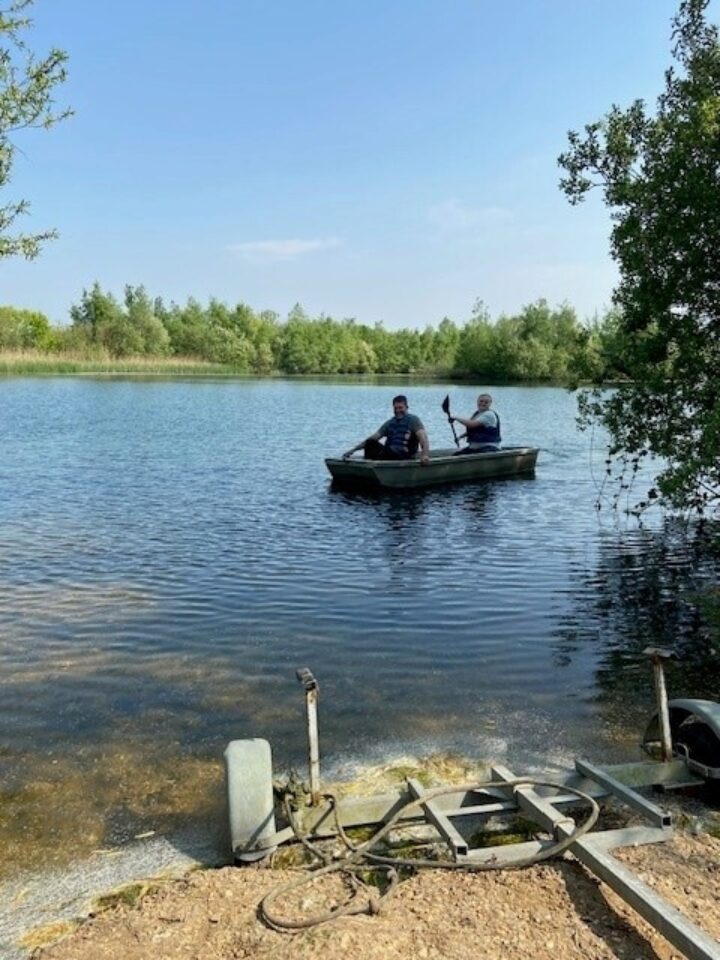
Discover Landscape Restoration projects across the Essex Country Parks
The work taking place at Belhus Woods is just part of an ambitious scheme across the Essex Country Parks.
The works should add to the pleasure of a visit and won’t impact on you also being able to enjoy the paths and play areas.
Learn more about the other exciting projects funded by the government's Countryside Stewardship scheme.
Get involved
To get involved and volunteer at Belhus Woods Country Park call 01708 865628.
Positive impact for the future
"Restoring nature is our primary defence.
Natural ecosystems suck up 60% of our carbon emissions, and nature-based solutions, like planting trees, nurturing soils, and restoring ecosystems, can provide over a third of the climate solutions needed until 2030 with huge benefits for biodiversity."
Read more on CPRE The Countryside Charity.
"Woodland scale nature recovery isn’t just about planting trees.
It’s about caring properly for the woods we already have: balancing groves of denser trees with more open areas; encouraging natural regeneration; creating glades for flower-rich grasslands and ponds; leaving deadwood to be used by wildlife. It’s about boosting the health of the very soil the trees grow from."
Read more on The Woodland Trust.